Fun fact: scientists have used skulls from Keeladi to reconstruct faces of men who lived about 2,500 years ago — and these faces are more than art; they are mirrors that force us to rethink who we are.
The ancient archaeological site of Keeladi, near Madurai in Tamil Nadu, has once again captured imaginations — this time not just with pots, bricks, and inscriptions, but with faces. Reviving Ancient Faces: What Keeladi’s Facial Reconstructions Tell Us About Identity & Science isn’t just a catchy title; it’s the story of how technology, bone, and DNA are joining forces to resurrect people from the past and challenge our understanding of identity. When you look at one of those reconstructions, you aren’t just looking at a skull turned into a face — you are seeing a bridge between centuries, a question about who we’ve been and who we think we are.
The Science Behind the Face
Two skulls from the Keeladi / Kondegai burial site were excavated — inside burial urns, alongside pottery, jewellery, food grains, and other artifacts. These remains, carbon-dated to the 6th century BCE, belong to a civilization that already showed signs of urban planning, script, trade, and water systems.
To turn bone into face, researchers used CT scans to make 3D models of the skulls. Soft tissue (muscles, skin) was layered using anatomical knowledge and comparisons with modern South Indian populations. This made the reconstructions both plausible and familiar. Face Lab at Liverpool John Moores University in the UK, which specialises in forensic facial reconstruction, played a leading role here.
It’s important to note, though, that about 80% of the reconstruction is based on measurable bone features, while around 20% — including skin tone, hair, and eye color — remains inferred. This makes reconstructions both powerful and partial, mixing science and art.
What These Faces Reveal — And What They Leave Unsaid
Ancestral Continuity and Diversity
The reconstructions suggest men with features relatable to modern South Indians. Yet DNA analysis reveals a mixture: Ancient Ancestral South Indian (AASI) traits, with traces of West Eurasian and Austro-Asiatic lineages. This shows that identity, even 2,500 years ago, was not pure or isolated — people moved, mingled, and traded.
A Challenge to Regional Narratives
South India is often painted as separate or later in historical timelines compared to northern India. But Keeladi shows that communities in the south also had sophisticated urban life very early. These faces make that claim deeply personal.
Identity Is More Than Skin-Deep
Seeing these reconstructions might tempt us to say “they looked just like us.” But that flattens the difference. Identity is layered: culture, language, ritual, and belief mattered as much as bone structure.
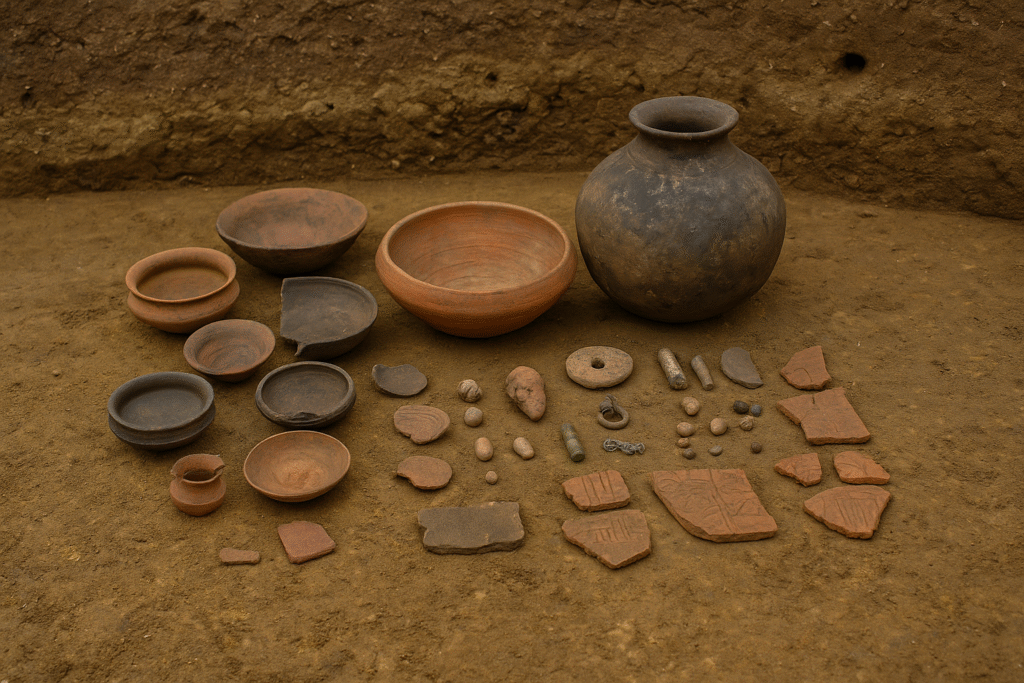
The Ethical and Emotional Weight of Reconstructing Faces
Reviving ancient faces isn’t neutral. These reconstructions become symbols. For some, they inspire pride and continuity. For others, they raise questions about purity, origins, or political identity. Science here intersects with emotion and power.
Methodological Limits and What’s Next
How accurate are these reconstructions? Features like nose tips, lips, and ears are uncertain. DNA studies are still evolving. With more skeletal finds and genetic data, we may soon get richer stories about health, diet, and lifestyle — not just appearances.
Case Studies & Comparisons
Face Lab has done similar work elsewhere, such as with Richard III of England. In those cases, too, scientists balanced bone certainty with artistic inference.
Comparisons also invite us to think of Keeladi alongside the Indus Valley Civilization. While Indus often dominates global conversations, Keeladi is emerging as proof that urban, literate, and creative civilizations thrived in the south as well. These faces give Keeladi visibility that bricks and pottery alone could not.
Reactions have been mixed. Many in Tamil Nadu and among the Tamil diaspora see the reconstructions as validation of ancestral pride. Scholars, however, caution against overinterpretation — especially when heritage is used to fuel contemporary politics.
Conclusion
So, what do these reconstructions teach us?
First: identity is complicated. Even 2,500 years ago, people mixed and moved across regions.
Second: science has powerful tools — CT scans, DNA analysis, comparative anatomy — but reconstructions are still part fact and part imagination.
Third: heritage becomes more relatable when seen in human form. A skull may feel distant, but a face feels familiar.
Author’s Note
I write this not just as an archaeology enthusiast, but as someone who believes that knowing where we come from helps us understand where we’re heading. The faces from Keeladi demand we confront both the wonder of shared roots and the messiness of difference. My hope is that this article nudges you to care—not just about the past, but about how we use it for today.
G.C., Ecosociosphere contributor.
References and Further Reading
- Economic Times – Scientists bring 2,500-year-old skulls from Tamil Nadu into shape, reconstruct faces
- Live Science – New reconstructions show piercing eyes of men who lived 2,500 years ago in mysterious Indian civilization
- Times of India – Faces of Keeladi men revealed; 3D reconstructions by UK lab
- Greek Reporter – Ancient South Indian Faces Rebuilt, Middle East Link Found
- Daily Sun – How researchers recreated faces of 2,500-year-old skulls
- Wikipedia – Caroline Wilkinson (Face Lab, Liverpool John Moores University)
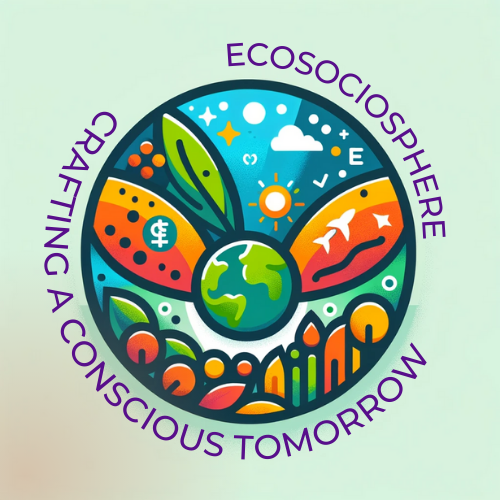
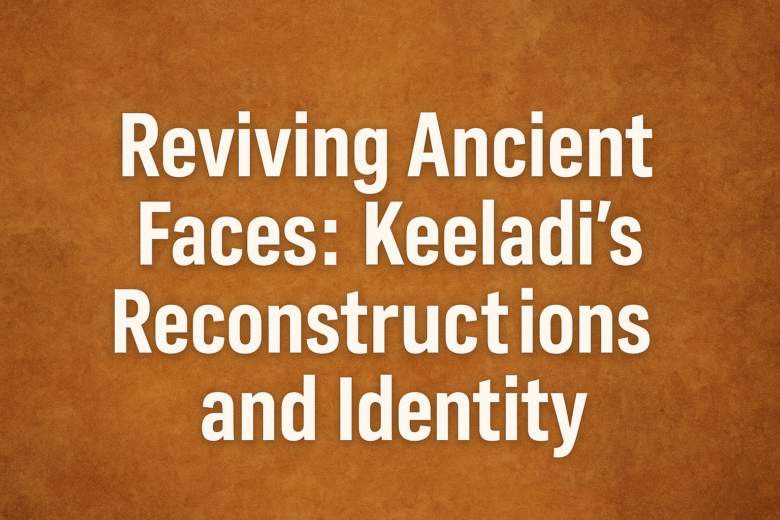
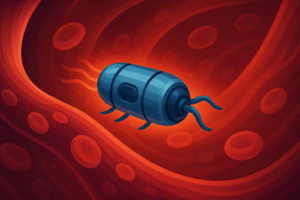

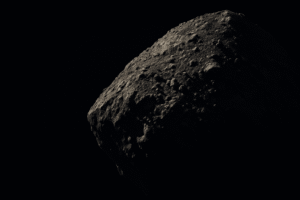
Comments
Great ?V I should definitely pronounce, impressed with your site. I had no trouble navigating through all tabs and related info ended up being truly simple to do to access. I recently found what I hoped for before you know it in the least. Reasonably unusual. Is likely to appreciate it for those who add forums or something, site theme . a tones way for your client to communicate. Excellent task..